DevOps Synthetic Monitoring with Playwright
This tutorial demonstrates how Playwright tests can be reused for synthetic monitoring of a productive environment in a DevOps workflow

Synthetic monitoring, also known as active monitoring, is a technique using automation to simulate users interactions on a target applications at regular intervals to monitor its performance, functionality and availability in production.
In this tutorial you’ll learn how to quickly set up synthetic monitoring with Playwright and integrate it into a CI/CD pipeline.
The example for this tutorial simulates online shoppers using exense’s demo online shop based on opencart.
Prerequisites
- Access to a Step cluster: Get started quickly by setting up a SaaS cluster in the Step Portal, or, if preferred, follow the Installation page to configure your own on-premise cluster.
- Step gateway configuration: this tutorial defines an email alerting rule in case an incident is opened. An email gateway named Email notification gateway must be configured in Step
- GitLab or any other DevOps platform
- Maven (optional): to optionally build and execute the synthetic monitoring scripts locally
Set up the project
Checkout
While you could set up your project from scratch, we recommend to get started with one of the samples available in Git. In this tutorial we’ll start with the project synthetic-monitoring-playwright
git clone https://github.com/exense/step-samples.git
cd step-samples/automation-packages/synthetic-monitoring-playwright
Project structure
The project “synthetic-monitoring-playwright” is a standard maven project ready to build. It contains the following files:
Playwright Keyword
Step’s keyword enable seamless integration of automation scripts with the Step platform using the Step Keyword API.
The playwright script, that automates the user path for the synthetic monitoring, is contained in the class PlaywrightKeywordExample.java. It provides a single keyword (“Buy MacBook in OpenCart”). Note that for simplicity, this keyword stops just before actually placing the order, so as not to empty our virtual stock too quickly :-)
Automation package with Synthetic Monitoring configuration
The synthetic monitoring configuration is defined in the descriptor of the automation package: src/main/resources/automation-package.yaml.
It contains following fragments:
- plans configures the automated workflow to be executed and the assertions to be done per single execution
- schedules configures the scheduling of the synthetic monitoring (frequency, plan to be executed)
As you can see, the specification is straightforward – the complete definition is shown below.
---
name: "synthetic-monitoring-playwright"
plans:
- name: "Opencart synthetic monitoring plan"
root:
testCase:
children:
- callKeyword:
keyword: "Buy MacBook in OpenCart"
- performanceAssert:
measurementName: "Buy MacBook in OpenCart"
comparator: "LOWER_THAN"
expectedValue: 5000
schedules:
- name: "Opencart synthetic monitoring schedule"
#CRON expression for one execution per minute
cron: "0 0/1 * * * ?"
planName: "Opencart synthetic monitoring plan"
Maven Project
The file pom.xml defines how the maven project and thus the automation package is built and how it is deployed to Step.
The section relevant to the deployment to Step is shown here:
<!-- Deploy the automation package to Step -->
<plugin>
<groupId>ch.exense.step</groupId>
<artifactId>step-maven-plugin</artifactId>
<executions>
<execution>
<id>deploy-automation-package-on-step</id>
<phase>integration-test</phase>
<configuration>
<url>${step.url}</url>
<authToken>${step.auth-token}</authToken>
<stepProjectName>${step.step-project-name}</stepProjectName>
</configuration>
<goals>
<goal>deploy-automation-package</goal>
</goals>
</execution>
</executions>
</plugin>
These definitions ensure that during the integration-test phase of maven (which is performed as a precondition of the mvn verify command), the deploy-automation-package goal provided by the Step maven plugin is run. For more information about the various maven phases, see this reference.
You will need to provide the URL to your Step cluster, as well as the project name and API key (refer to Generate an API Key). In this example, the actual values are referencing variables which are conveniently defined at the beginning of the file. Make sure to adjust these values to your setup.
Execute locally
During development or for debugging purposes, you can execute the automation workflow locally using the following command:
mvn test
Deploy to Step
To deploy this automation package to a Step cluster, run the following maven command:
mvn verify -DskipTests
The automation package is deployed to Step enabling the synthetic monitoring on the demo application.
Integrate into the CI/CD pipeline
As the project is a standard maven project, the integration into any CI/CD pipeline is straightforward.
In this tutorial we’ll show how to integrate it using GitLab. Doing the same with any other CI/CD pipeline supporting Maven is very similar.
Create a project in GitLab, clone it, then copy the contents of the sample maven project “synthetic-monitoring-playwright” directly into the git project directory.
The project already includes a suitable .gitlab-cy.yml:
image: maven:3-openjdk-11
variables:
STEP_URL: "https://your-step-instance.url/"
STEP_PROJECT: "Common"
STEP_TOKEN: "Your Step API token"
MVN_ARGS: >-
--settings gitlab-maven-settings.xml
-Dmaven.repo.local=.m2/repository
--batch-mode
--no-transfer-progress
cache:
paths:
- .m2/repository
stages:
- verify
maven-verify-job:
stage: verify
script:
- mvn ${MVN_ARGS} verify -DskipTests -Dstep.url=${STEP_URL} -Dstep.step-project-name=${STEP_PROJECT} -Dstep.auth-token=${STEP_TOKEN}
You only have to adjust the Step URL, project name, and token in this file. In addition, please
modify the gitlab-maven-settings.xml to include your credentials for accessing the Exense maven repository.
Pushing these changes to the remote repository will trigger the execution of the build pipeline in GitLab, which will run the mvn verify command. This command in turn will trigger the execution of the load test in your Step cluster.
Analyse the synthetic monitoring in Step
Once the synthetic monitoring in place, you can follow the performance and availability of the demo application using the Step’s analytics dashboard.

Incident are automatically created if one of the execution fail and is automatically closed as soon as a next iteration pass. You may furthermore configure alerting rules in Step to get notify when such events occurs.

Refer to the knowledge base for more information on alerting or incident managements
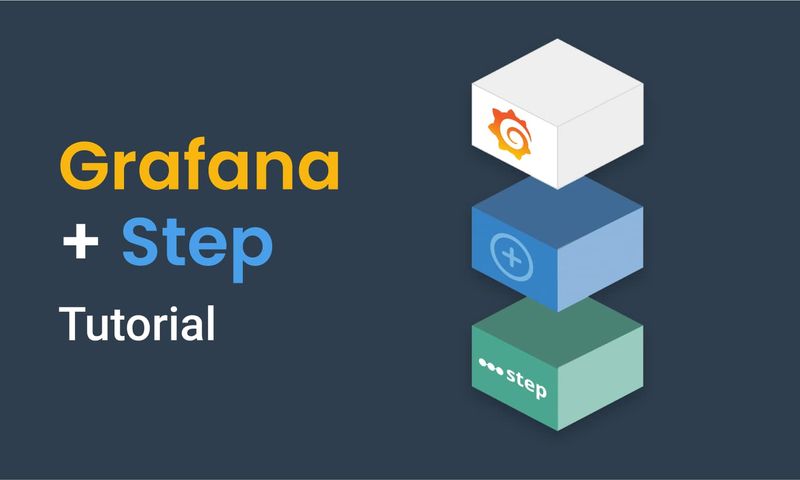
This article demonstrates how to connect Grafana to data generated by Step.

This article demonstrates how to set up distributed system monitoring using Keyword executions, and analyze the results as measurements.

This tutorial demonstrates how to automate interaction with Microsoft Office applications using the Office Interop Assembly.

This article provides documentation for how to integrate JUnit tests into Step.

This tutorial demonstrates how Step can be used to monitor services, availability and performance metrics.

This tutorial demonstrates how to utilize the AutoIt C# binding to automate interactions with Windows applications.

This article demonstrates the automation of mobile applications on Android using the Appium framework.
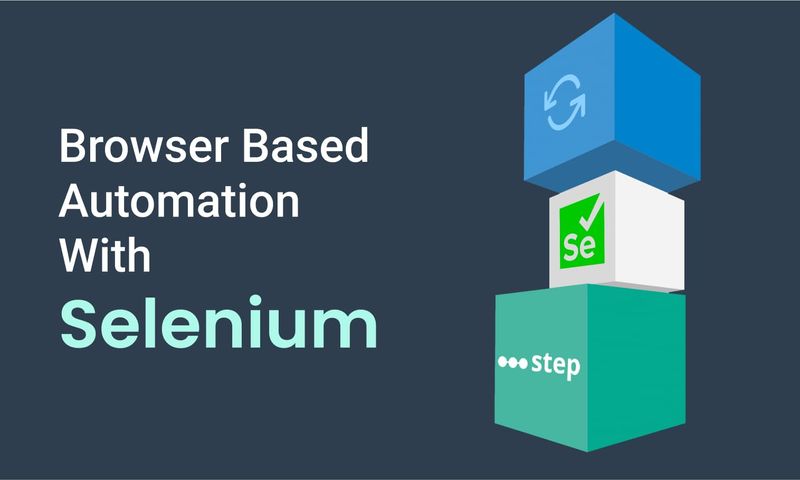
This article defines three Keywords which will be used in browser-based automation scenarios, using Step and Selenium, as general drivers.

This tutorial shows you how to efficiently set up a browser-based load test using existing Cypress tests in the Step automation platform.

Set up a Playwright & TypeScript project with Step, create Keywords, test locally, and deploy for execution.

In this short tutorial, we show how to quickly implement a simple browser-based load test based on Cypress scripts in Step.

This tutorial shows you how to set up a browser-based load test using existing Playwright tests in the Step UI.

This article explains Keywords in Step and demonstrates how to create simple ones.

This tutorial demonstrates the design, execution, and analysis of functional tests using the web interface of Step.

This tutorial will demonstrate how to use Step and Selenium to automate various browser tasks.

This tutorial demonstrates how to use Step and Cypress to automate various browser tasks.
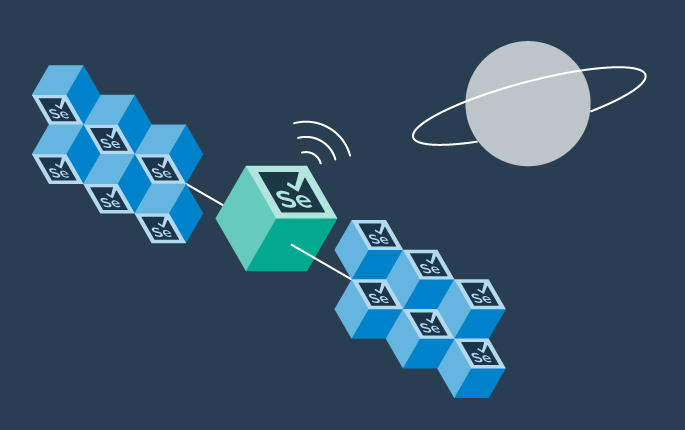
This tutorial demonstrates how Selenium automation tests can be turned into full synthetic monitoring using Step.

In this tutorial, you'll learn how to reuse existing Cypress tests to quickly set up and run a browser-based load test using the automation as code approach.

In this tutorial, you'll learn how to reuse existing tests written with Serenity BDD and Cucumber for load testing.
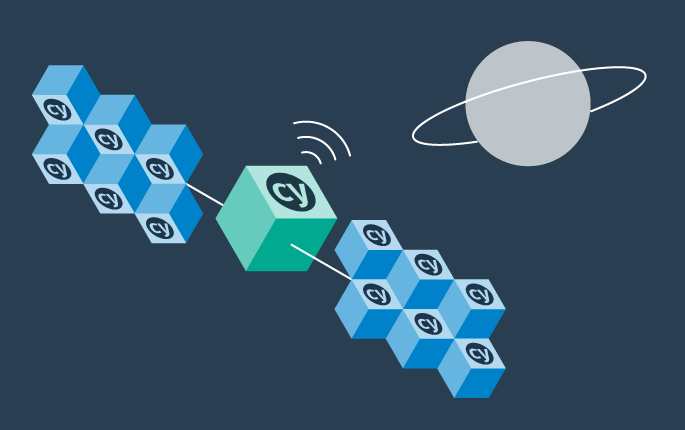
This tutorial demonstrates how Cypress automation tests can be turned into full synthetic monitoring using the automation as code approach.

In this tutorial, you'll learn how to reuse existing Cypress tests to quickly set up and run a browser-based load test using the Step UI.

This tutorial demonstrates how to leverage existing Selenium tests to set up and execute browser-based load tests, following a full code-based approach.

This tutorial demonstrates how to set up a browser-based load test in the Step UI using existing Selenium tests.

This tutorial demonstrates how Playwright automation tests can be turned into full synthetic monitoring using Step.

This tutorial demonstrates how Cypress automation tests can be turned into full synthetic monitoring using the Step UI.

This tutorial will demonstrate how to use Step and Playwright to automate various browser tasks.

This tutorial shows how to distribute JMeter tests across multiple nodes.

In this tutorial, you'll learn how to reuse existing Playwright tests written in Java to quickly set up and run a browser-based load test using the automation as code approach.

This tutorial demonstrates how Playwright tests can be reused for synthetic monitoring of a productive environment in a DevOps workflow

This tutorial shows how to distribute Grafana K6 tests across multiple nodes.
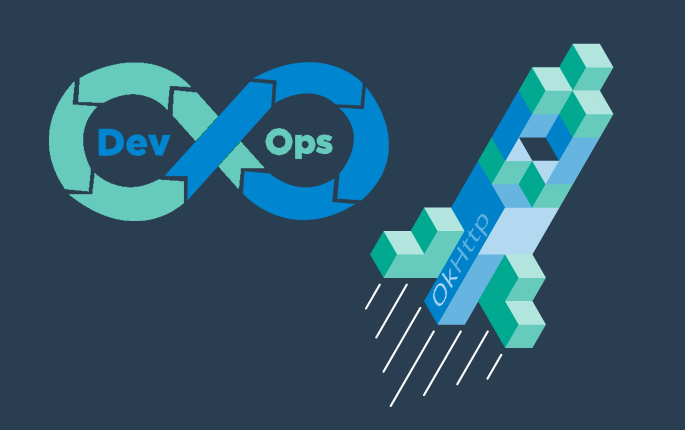
In this tutorial you'll learn how to quickly set up a protocol-based load test with okhttp

Learn how to set up continuous end-to-end testing across several applications based on Playwright tests in your DevOps pipeline using Step

Learn how to quickly set up continuous browser-based load testing using Playwright tests in your DevOps pipeline
Want to hear our latest updates about automation?
Don't miss out on our regular blog posts - Subscribe now!